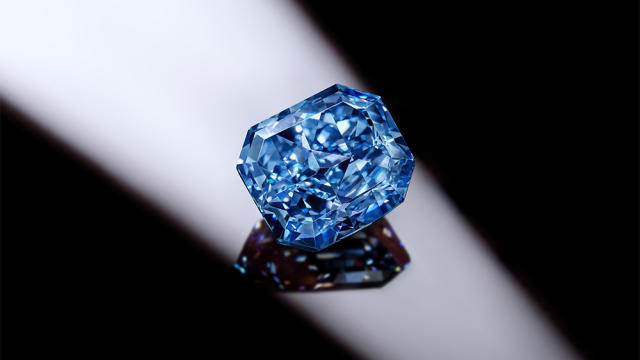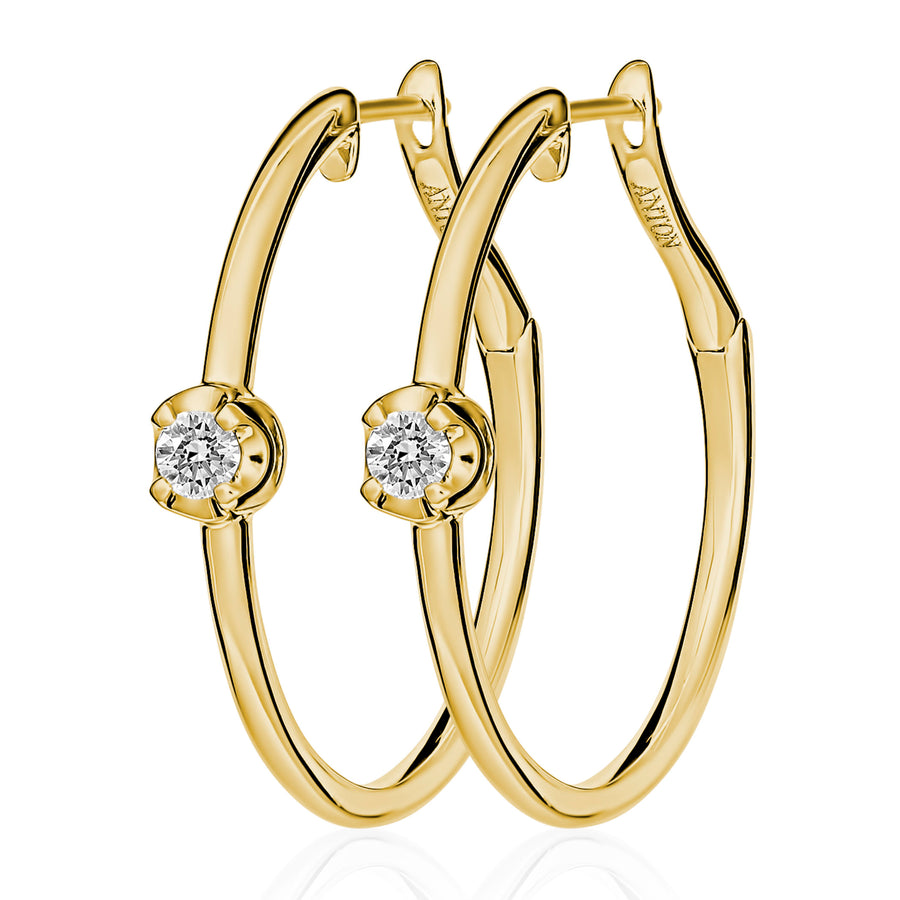Introduction to Diamond Grading
Diamonds have fascinated humans for centuries, and their allure has only grown with time. But did you know that not all diamonds are created equal in the eyes of experts? That’s where diamond grading comes into play. If you’re about to invest in a diamond, understanding the certification behind it is crucial. Two of the most well-known organizations in this field are the International Gemological Institute (IGI) and the Gemological Institute of America (GIA). Let’s dive into what makes each of these certifications unique.
What is Diamond Grading?
Diamond grading is like getting a report card for your gem. This evaluation determines the quality of the diamond based on several factors, including cut, color, clarity, and carat weight—the 4 Cs igi vs gia. Think of it as a way to ensure you’re getting what you pay for and that your diamond meets certain standards of quality.
Importance of Diamond Certification
Certification provides a guarantee that the diamond has been evaluated by experts according to industry standards. It’s akin to having a trustworthy friend vouch for your purchase. Without certification, you might be left wondering whether your diamond is truly as magnificent as it appears—or as valuable.
What is IGI?
The International Gemological Institute (IGI) is one of the major players in the diamond grading world. Established in 1975, IGI has made a name for itself by offering detailed and accurate assessments of gemstones.
History of IGI
IGI was founded with a mission to provide impartial and accurate diamond grading. Over the decades, it has built a reputation for its meticulous approach and its focus on educating both consumers and industry professionals about gemstone quality.
IGI Grading Standards
IGI’s grading process is comprehensive, encompassing several critical aspects of the diamond.
Cut and Polish
The cut of a diamond affects its brilliance and sparkle. IGI evaluates how well a diamond has been cut and polished, which influences how light interacts with the gem. A well-cut diamond will exhibit more fire and brilliance.
Color and Clarity
Color ranges from D (colorless) to Z (light yellow or brown). Clarity refers to the presence of internal or external flaws. IGI assesses these factors to determine the diamond’s overall quality.
Carat Weight
Carat weight measures the size of the diamond. IGI ensures that the carat weight is accurately reported and matches the diamond’s size.
What is GIA?
The Gemological Institute of America (GIA) is perhaps the most recognized name in lab created diamond sgrading. Founded in 1931, GIA has set the standard for how diamonds are evaluated and graded.
History of GIA
GIA was established to bring more scientific rigor to gemology. It was a pioneer in developing the 4 Cs grading system, which is now the industry standard. The institute’s commitment to education and research has helped it maintain a leading position in the gemological world.
GIA Grading Standards
GIA’s grading system is rigorous and widely respected, often considered the gold standard in diamond evaluation.
Cut and Polish
GIA’s cut grading considers how well a diamond’s facets interact with light. This is crucial for the diamond’s brilliance and overall aesthetic appeal. The institute uses precise measurements to ensure consistency in its grading.
Color and Clarity
Similar to IGI, GIA assesses color and clarity, but with an emphasis on maintaining strict grading standards. GIA’s color scale also ranges from D to Z, while clarity is graded from Flawless to Included.
Carat Weight
GIA measures carat weight with high precision, ensuring that buyers receive accurate information about their diamonds.
Comparing IGI and GIA
Both IGI and GIA offer detailed grading systems, but there are some key differences worth noting.
Accuracy and Consistency
GIA is often praised for its stringent and consistent grading practices, which can be reassuring for buyers. IGI also provides accurate grading but may be perceived as less consistent in certain markets.
Industry Recognition
GIA is widely recognized and trusted across the globe, making it a popular choice among high-end jewelers. IGI, while respected, may not have the same level of universal recognition.
Transparency and Reporting
GIA’s reports are detailed and highly transparent, often considered the benchmark for thoroughness. IGI reports are also comprehensive but may differ slightly in format and detail.
Choosing the Right Certification
When choosing between IGI and GIA, consider what matters most to you.
What to Look for in a Certificate
Look for clear, detailed information on the 4 Cs, as well as any additional comments about the diamond’s unique features. The certificate should come from a reputable and trusted institution.
Personal Preferences vs. Market Trends
Your choice might depend on whether you prioritize industry recognition or are simply looking for a good deal. Market trends can influence which certification is more desirable, but personal preference should also guide your decision.
Conclusion
Whether you choose IGI or GIA, understanding the certification behind your diamond is key to making an informed purchase. Both organizations provide valuable insights into a diamond’s quality, but their approaches and industry recognition vary. By considering your priorities and preferences, you can select the certification that best suits your needs, ensuring that your diamond purchase is both beautiful and worthwhile. So, next time you’re dazzled by a diamond, you’ll know exactly what to look for!


)












